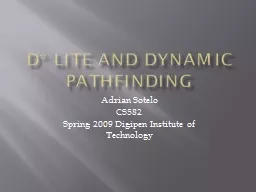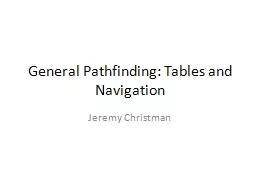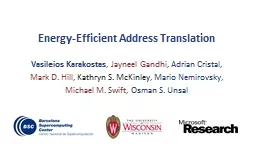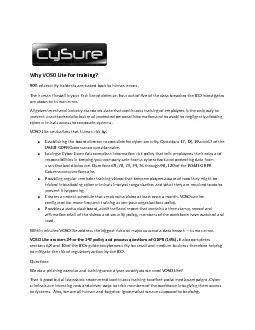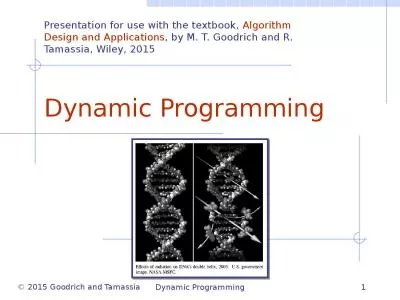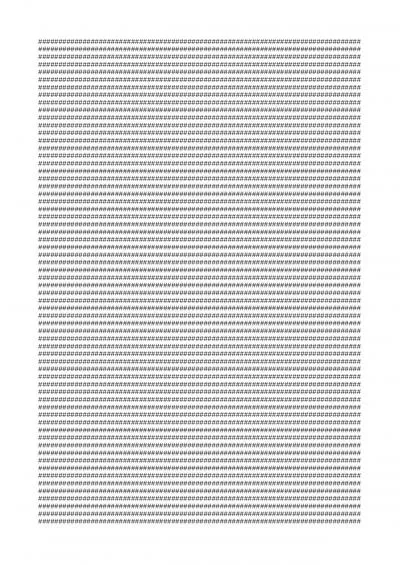PPT-D* Lite and Dynamic pathfinding
Author : yoshiko-marsland | Published Date : 2019-03-16
Adrian Sotelo CS582 Spring 2009 Digipen Institute of Technology Traditional Pathfinding Algorithms DFS BFS Dykstras A Dykstras and A will find an optimal path If
Presentation Embed Code
Download Presentation
Download Presentation The PPT/PDF document "D* Lite and Dynamic pathfinding" is the property of its rightful owner. Permission is granted to download and print the materials on this website for personal, non-commercial use only, and to display it on your personal computer provided you do not modify the materials and that you retain all copyright notices contained in the materials. By downloading content from our website, you accept the terms of this agreement.
D* Lite and Dynamic pathfinding: Transcript
Download Rules Of Document
"D* Lite and Dynamic pathfinding"The content belongs to its owner. You may download and print it for personal use, without modification, and keep all copyright notices. By downloading, you agree to these terms.
Related Documents

